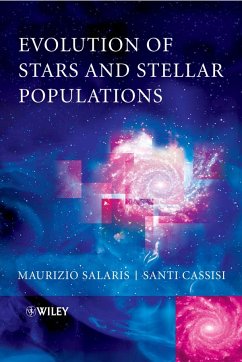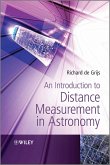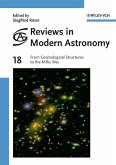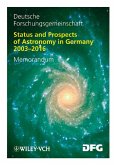Evolution of Stars and Stellar Populations is a comprehensive presentation of the theory of stellar evolution and its application to the study of stellar populations in galaxies. Taking a unique approach to the subject, this self-contained text introduces first the theory of stellar evolution in a clear and accessible manner, with particular emphasis placed on explaining the evolution with time of observable stellar properties, such as luminosities and surface chemical abundances. This is followed by a detailed presentation and discussion of a broad range of related techniques, that are widely applied by researchers in the field to investigate the formation and evolution of galaxies. This book will be invaluable for undergraduates and graduate students in astronomy and astrophysics, and will also be of interest to researchers working in the field of Galactic, extragalactic astronomy and cosmology. * comprehensive presentation of stellar evolution theory * introduces the concept of stellar population and describes "stellar population synthesis" methods to study ages and star formation histories of star clusters and galaxies * presents stellar evolution as a tool for investigating the evolution of galaxies and of the universe in general
Dieser Download kann aus rechtlichen Gründen nur mit Rechnungsadresse in A, B, BG, CY, CZ, D, DK, EW, E, FIN, F, GR, HR, H, IRL, I, LT, L, LR, M, NL, PL, P, R, S, SLO, SK ausgeliefert werden.
" will serve generations of students to come as an authoritative reference which details how stars and stellar populations come to develop (and then evolve) over long blocks of time." ( The Electric Review , March/April 2006) "Well and clearly written and well referenced and illustrated a valuable and welcome contribution." ( Observatory , August 2006) considerable achievement of collecting many fascinating and useful graphs and figures in one place. (Physical Sciences Educational Reviews, December 2006)









